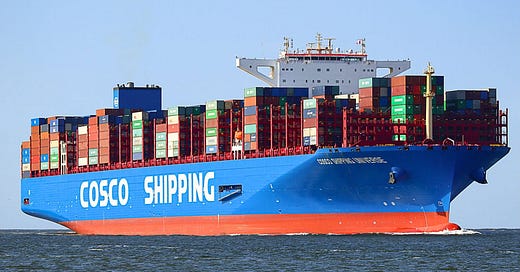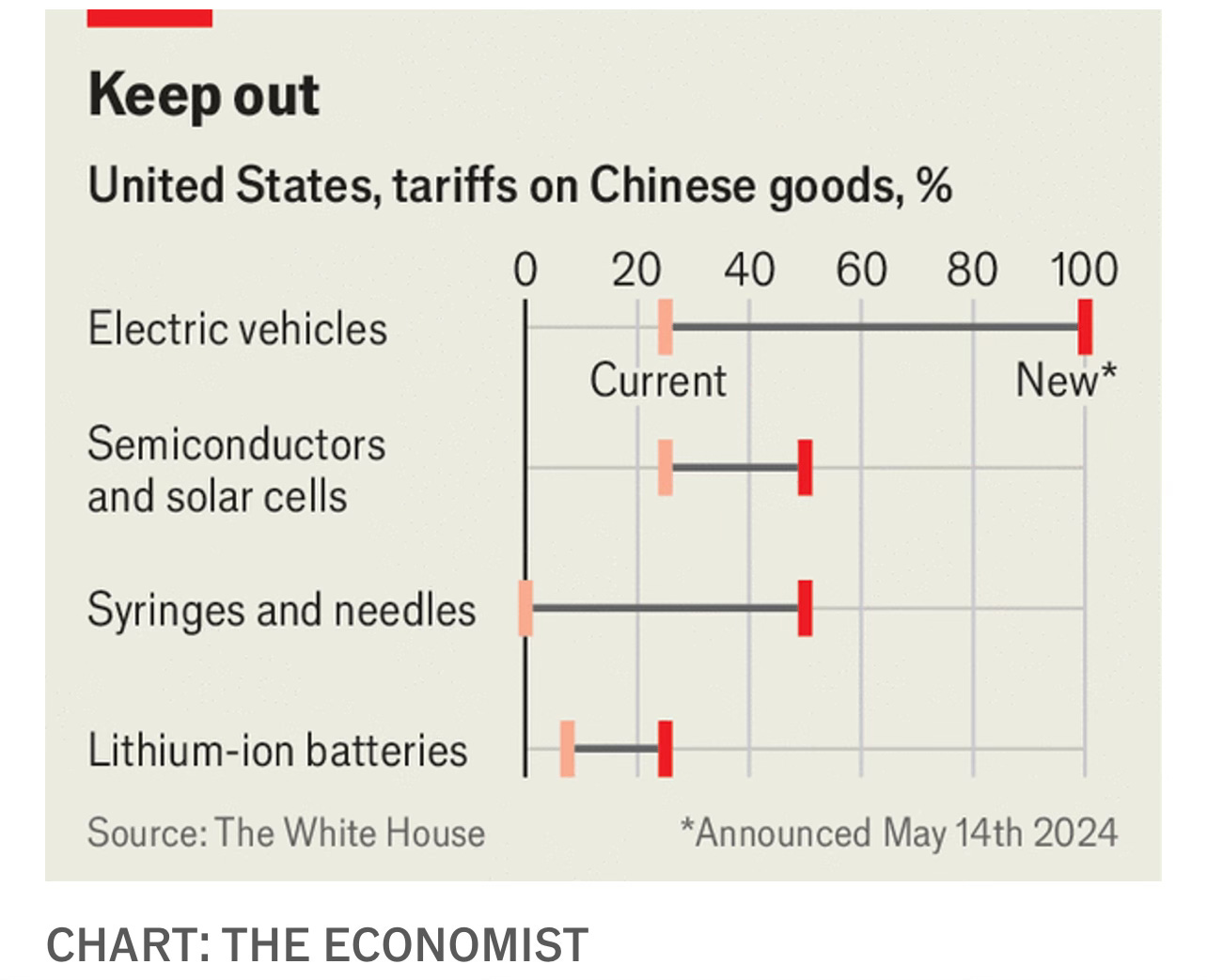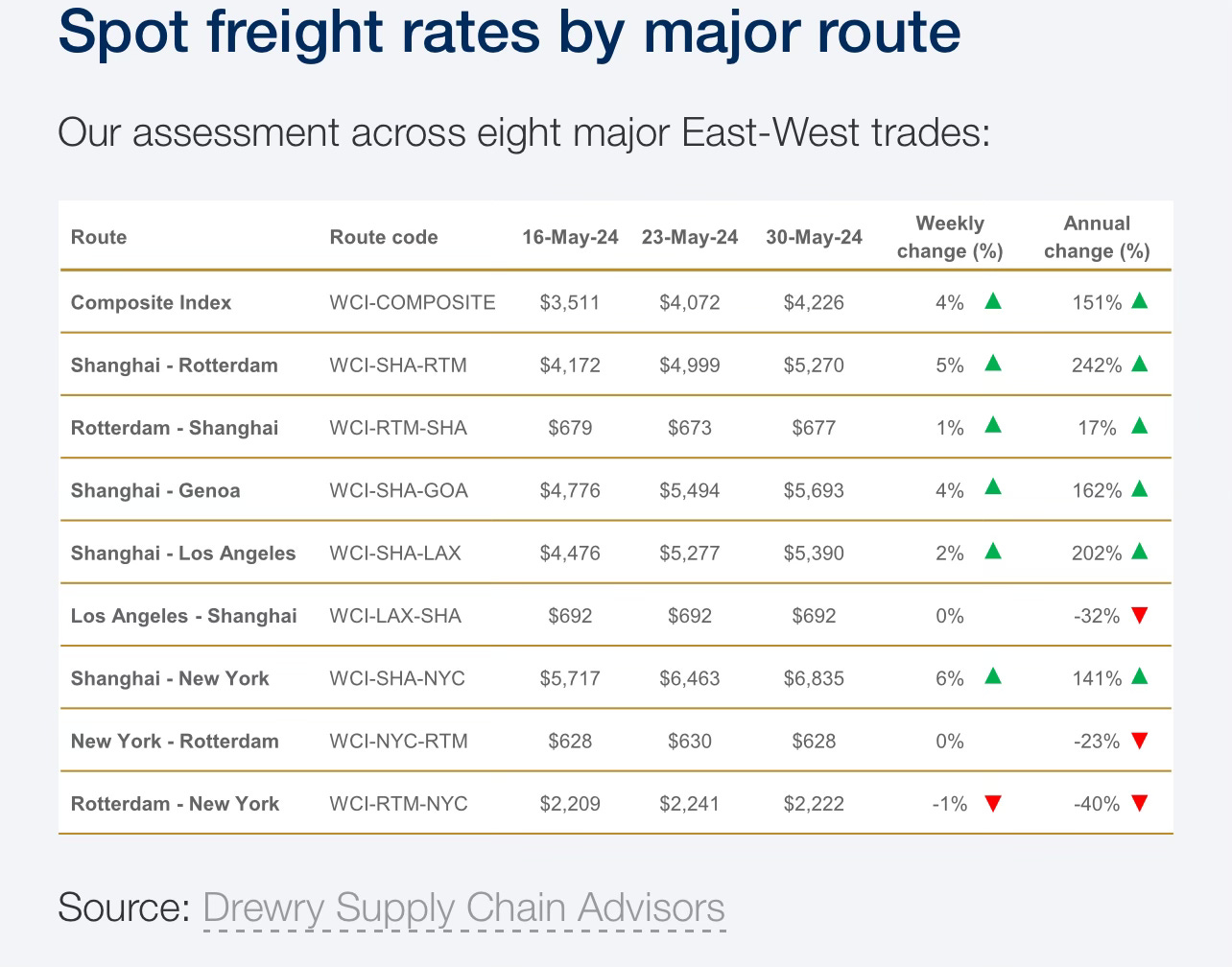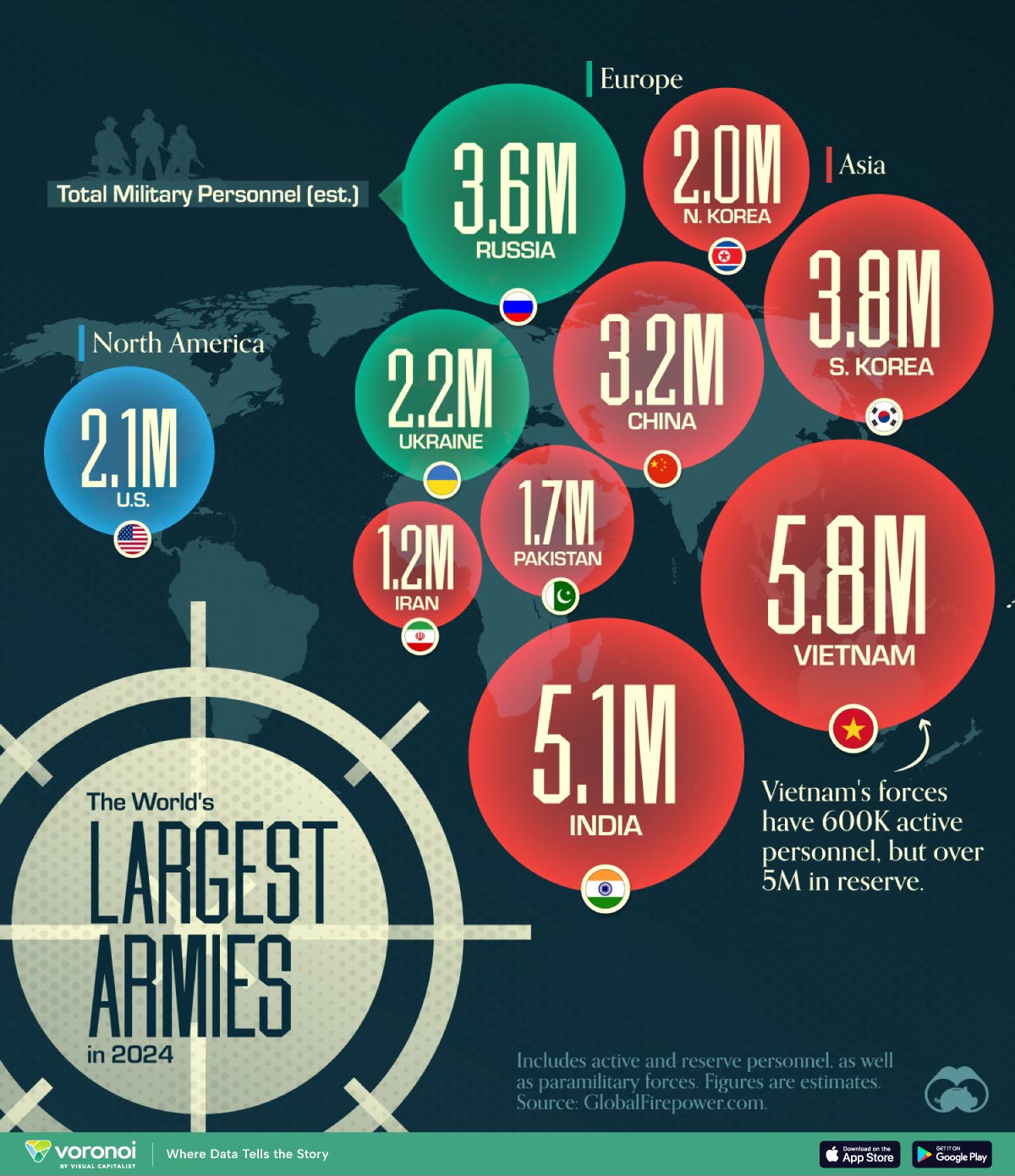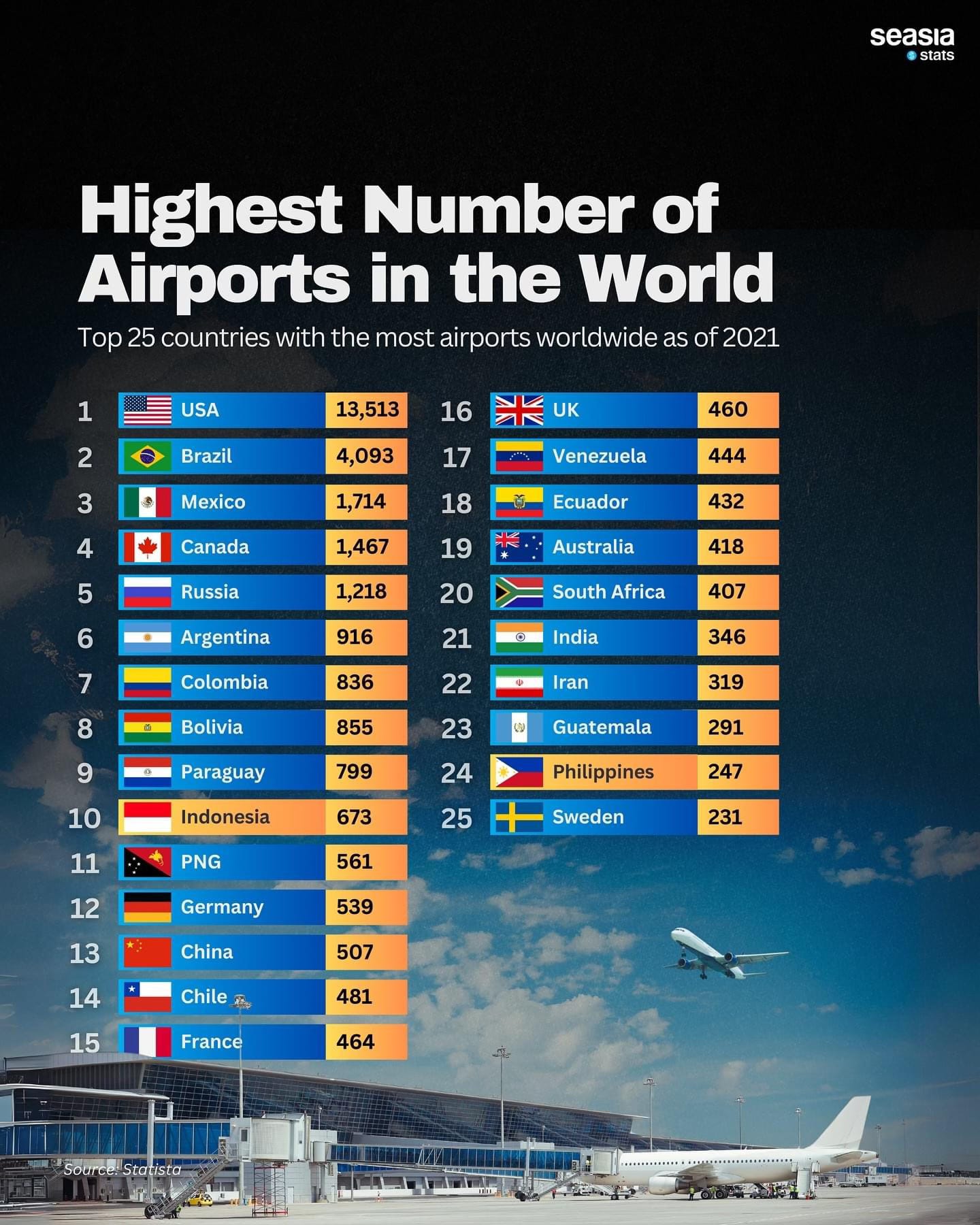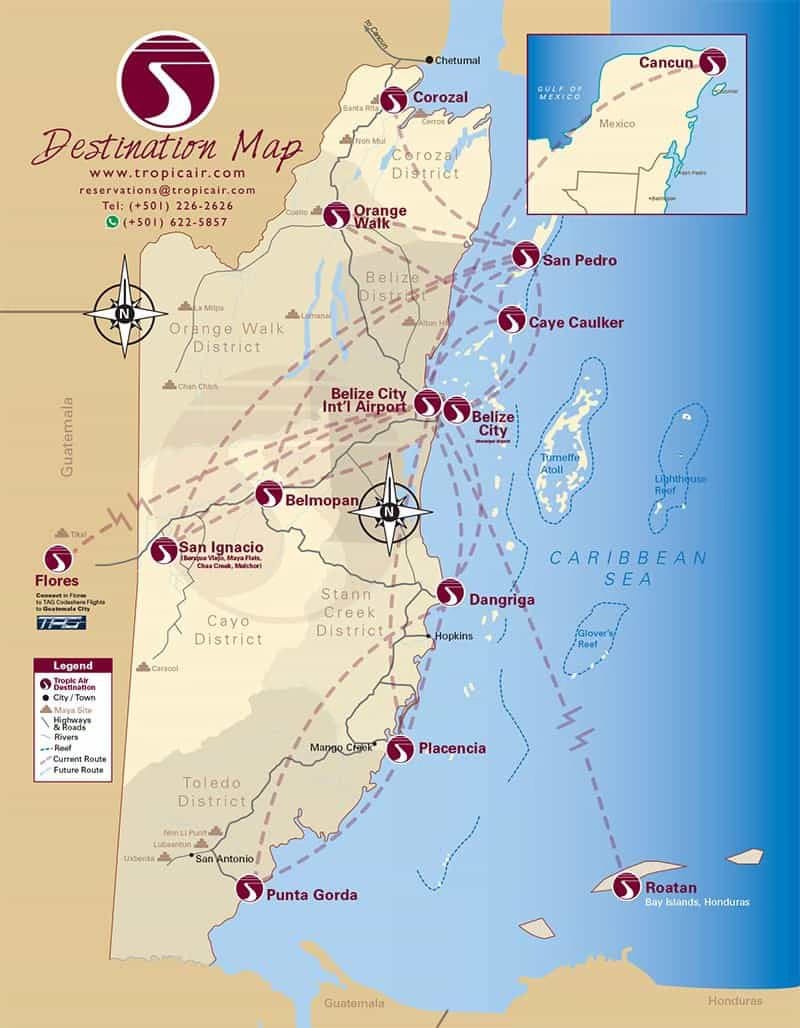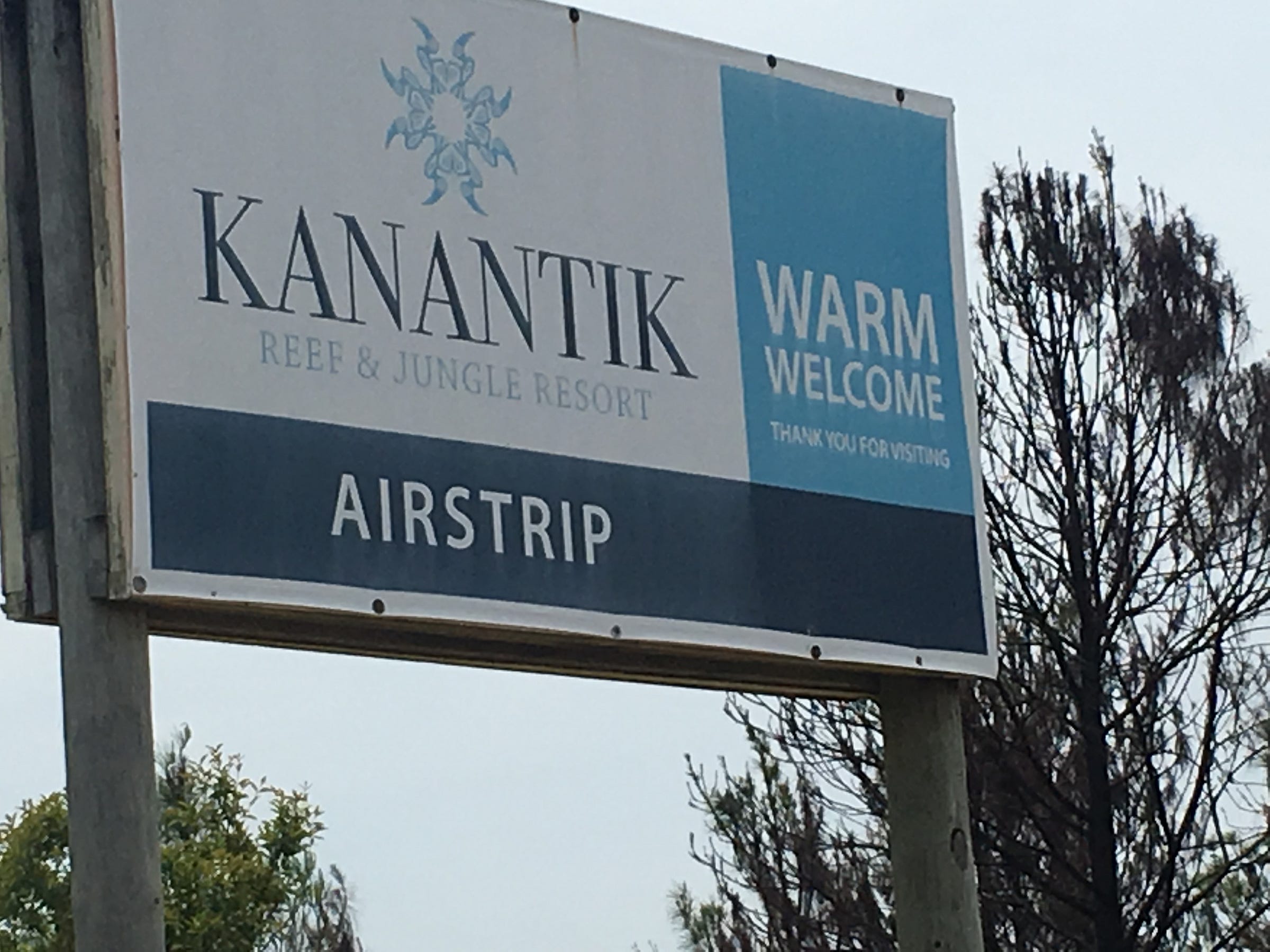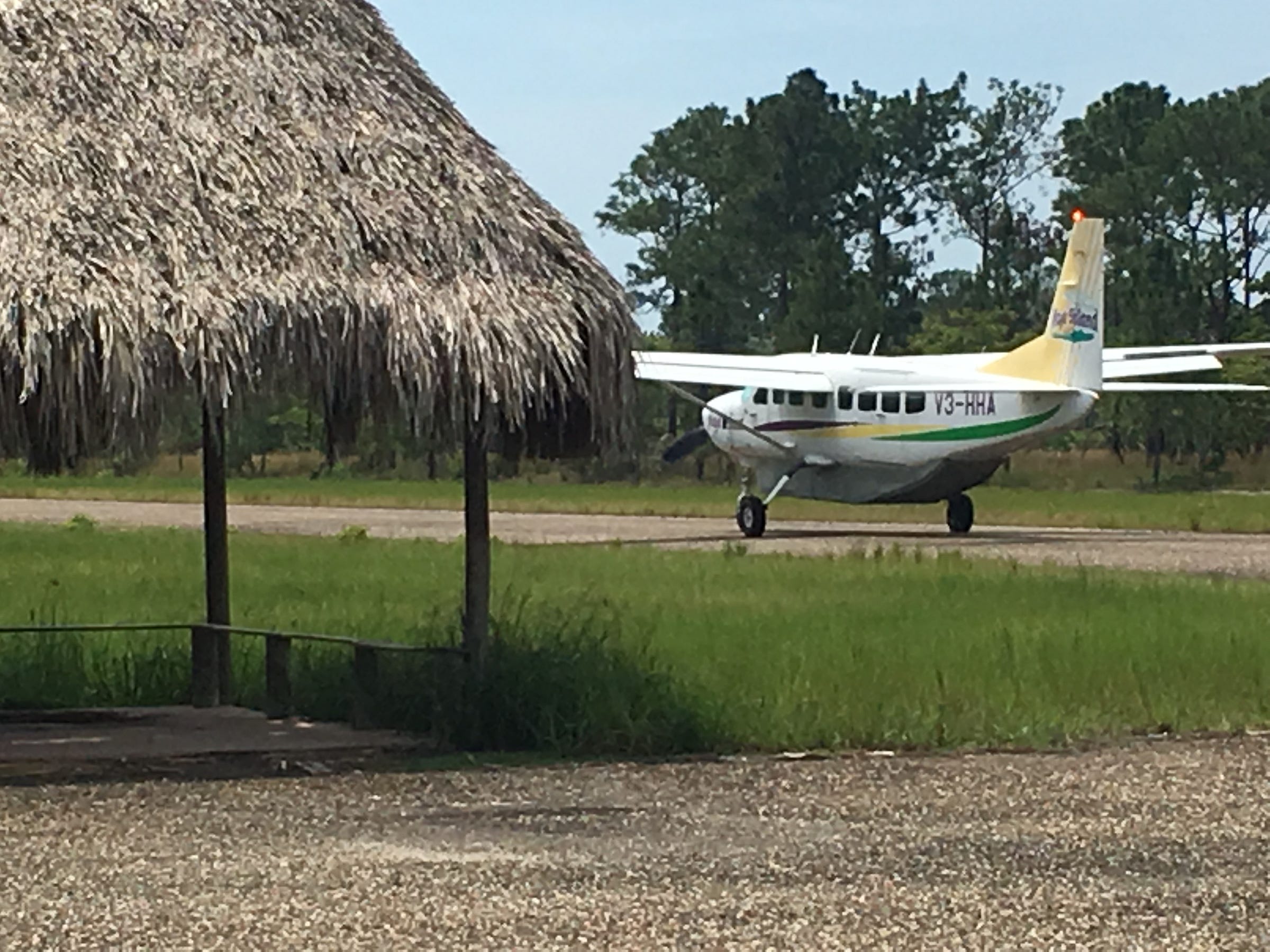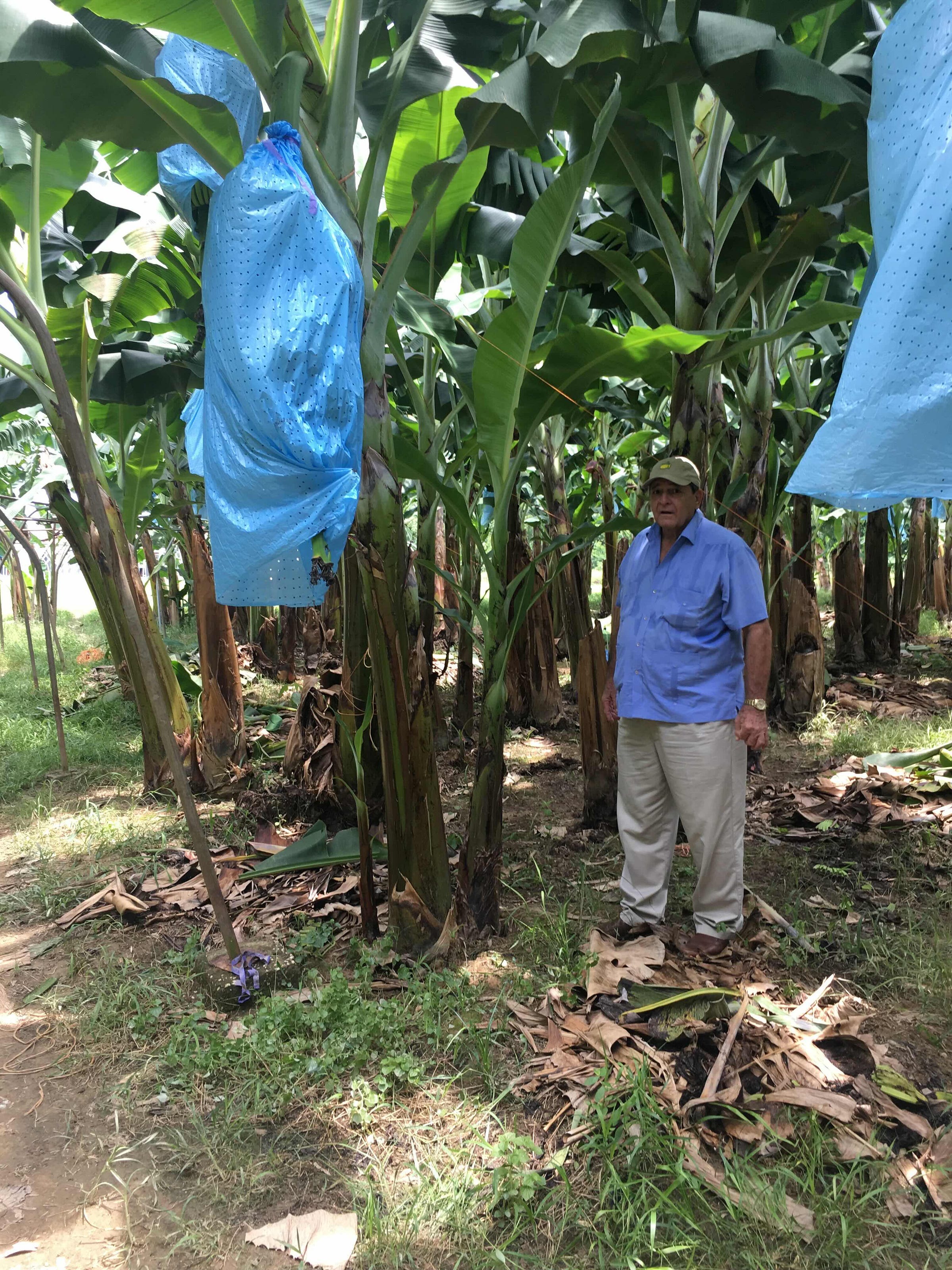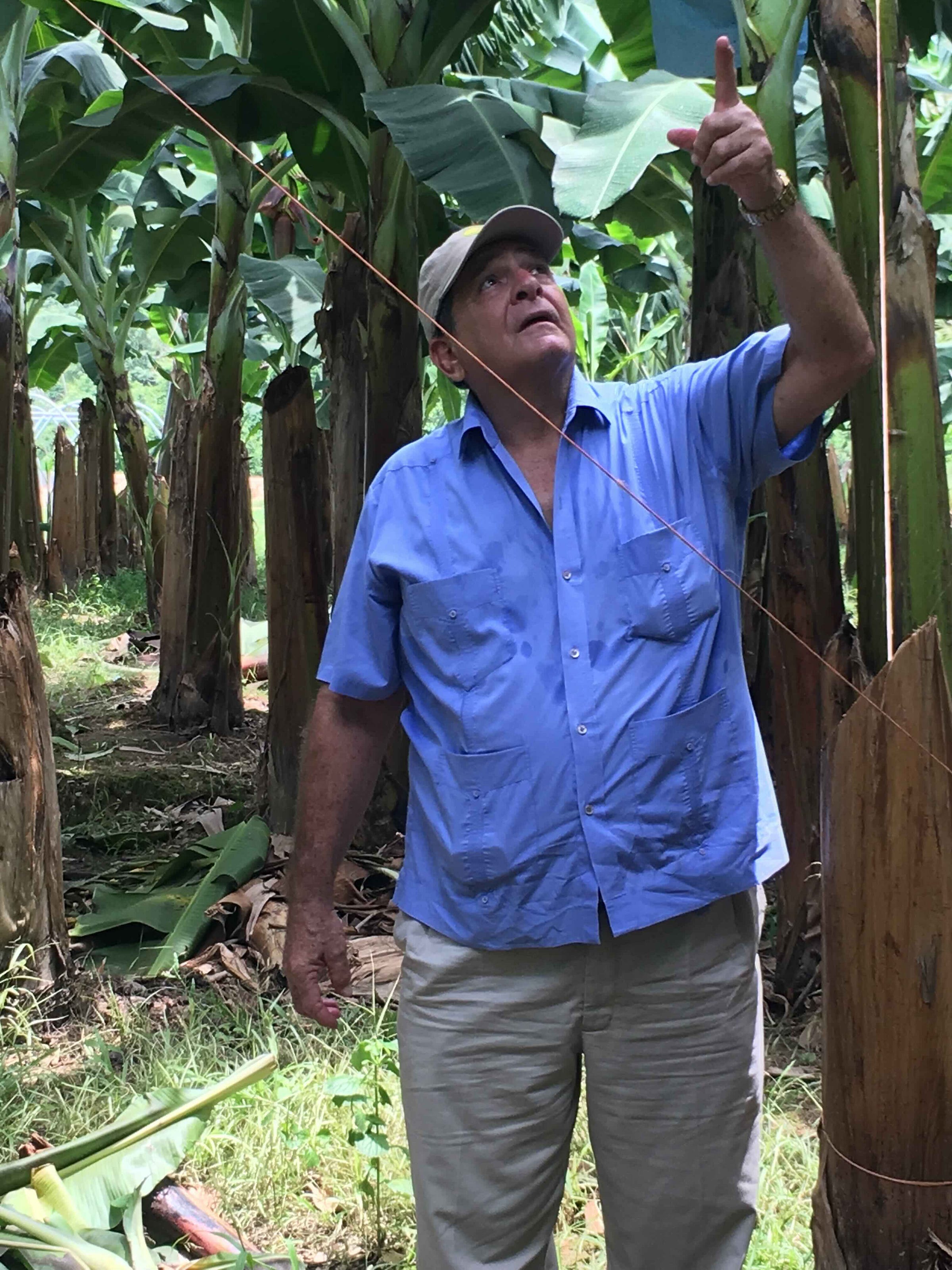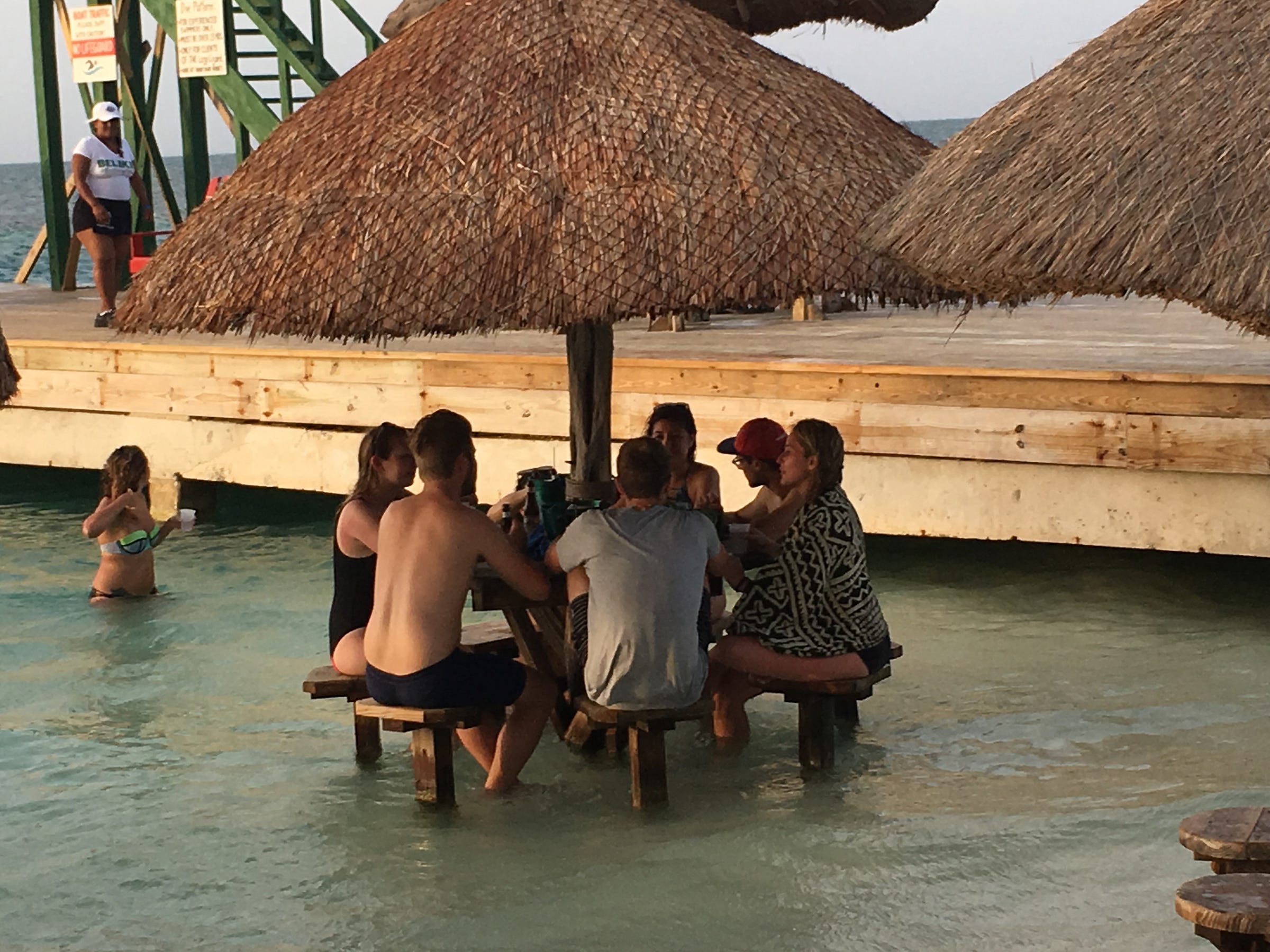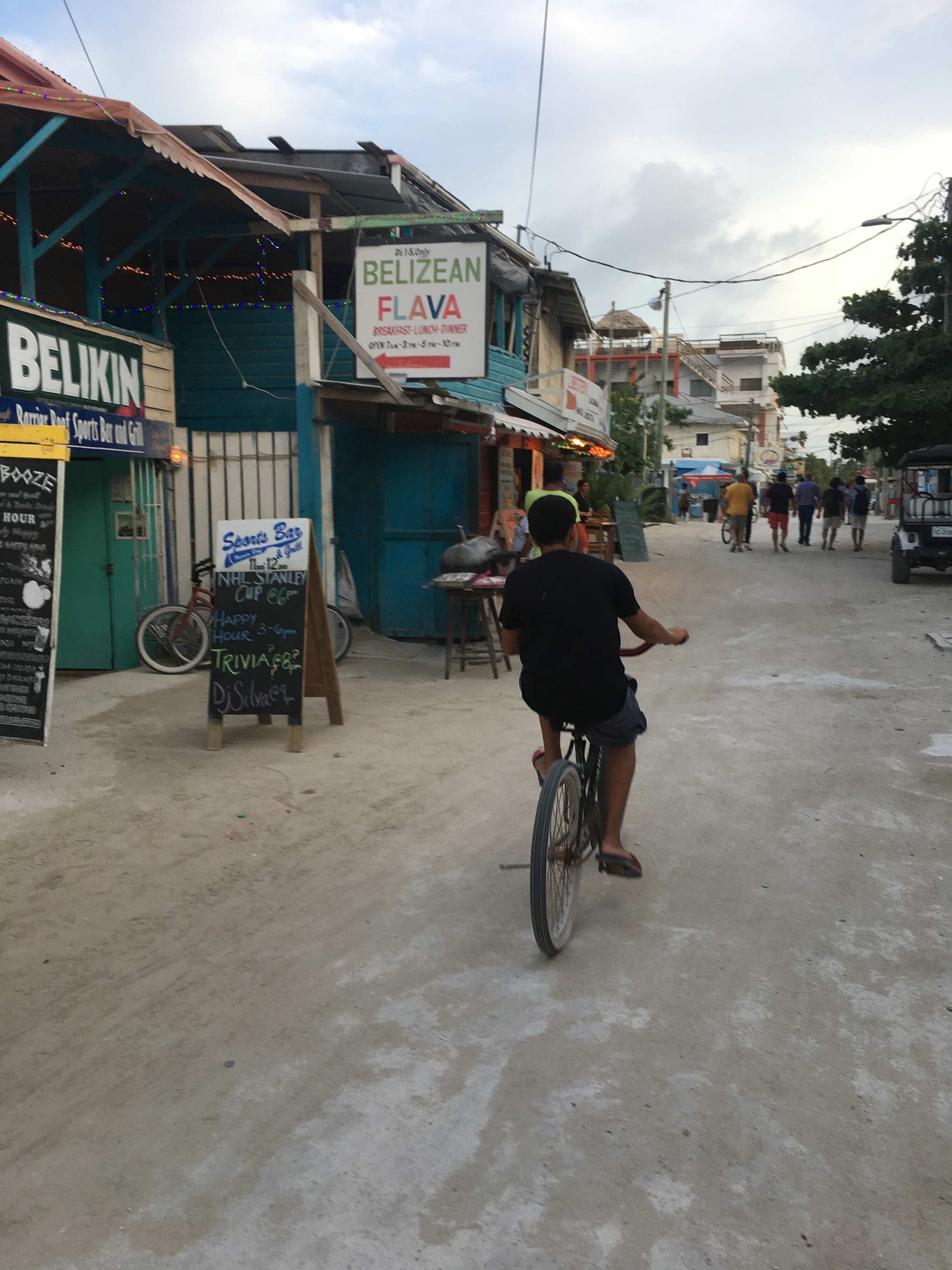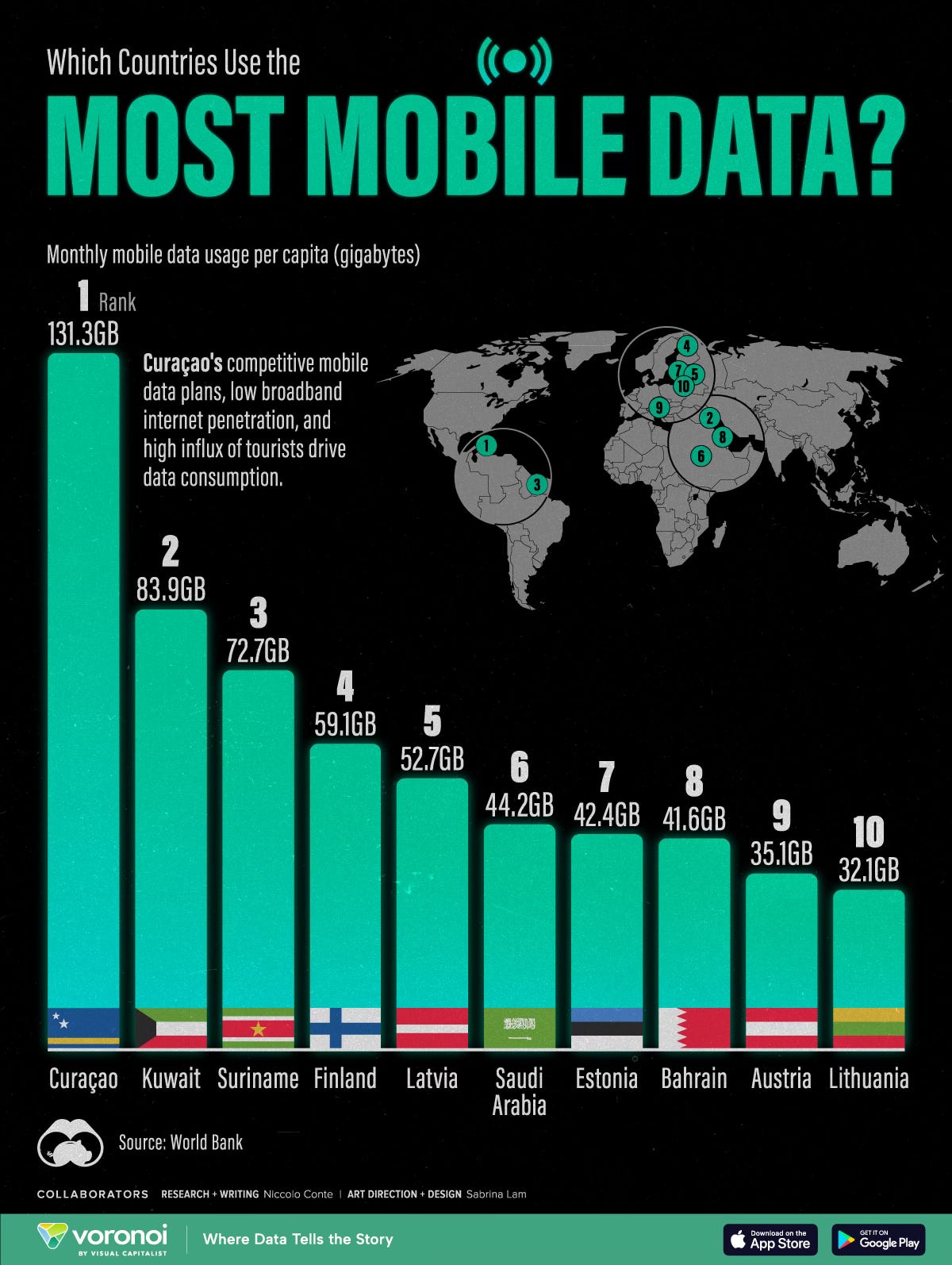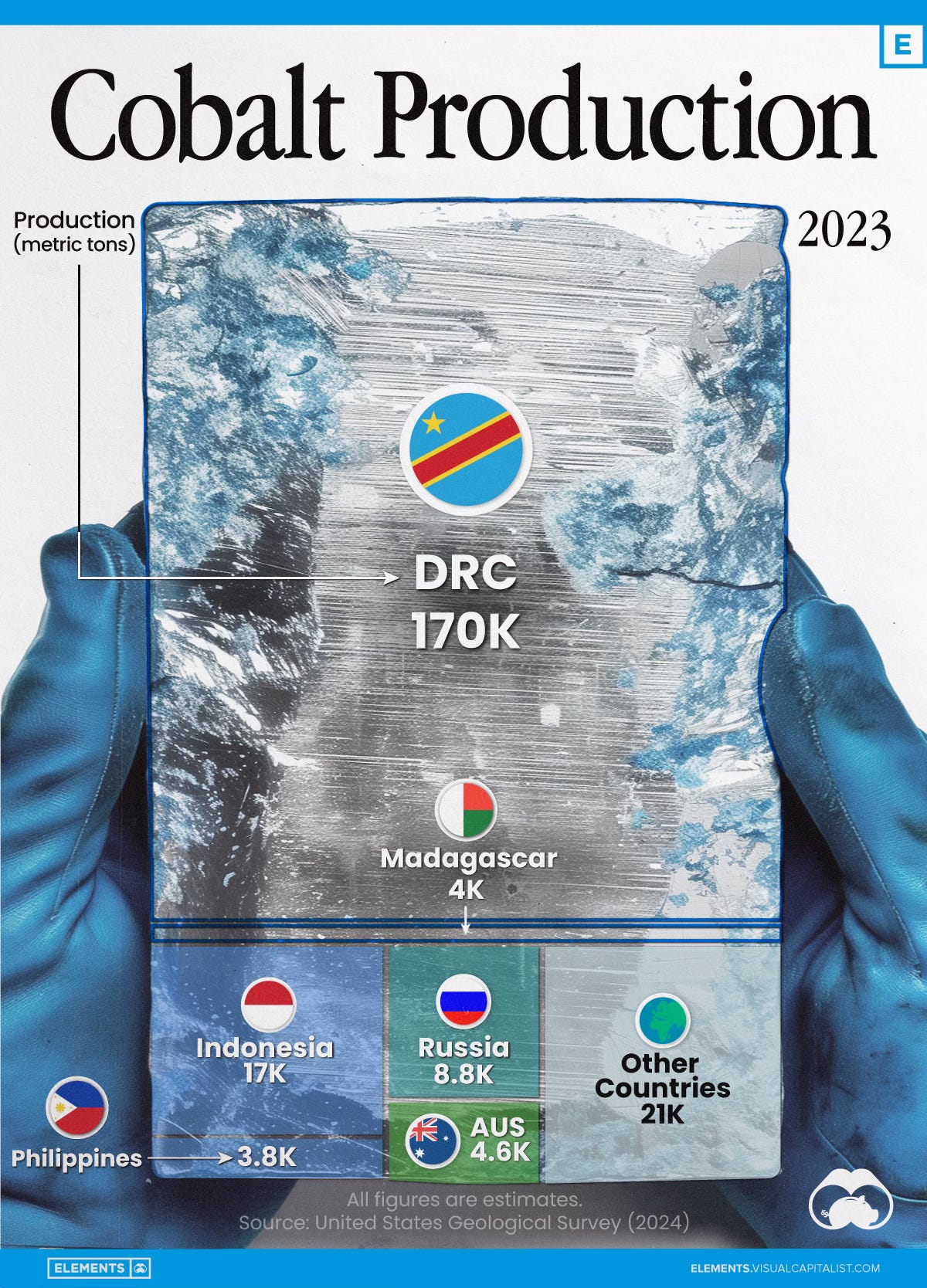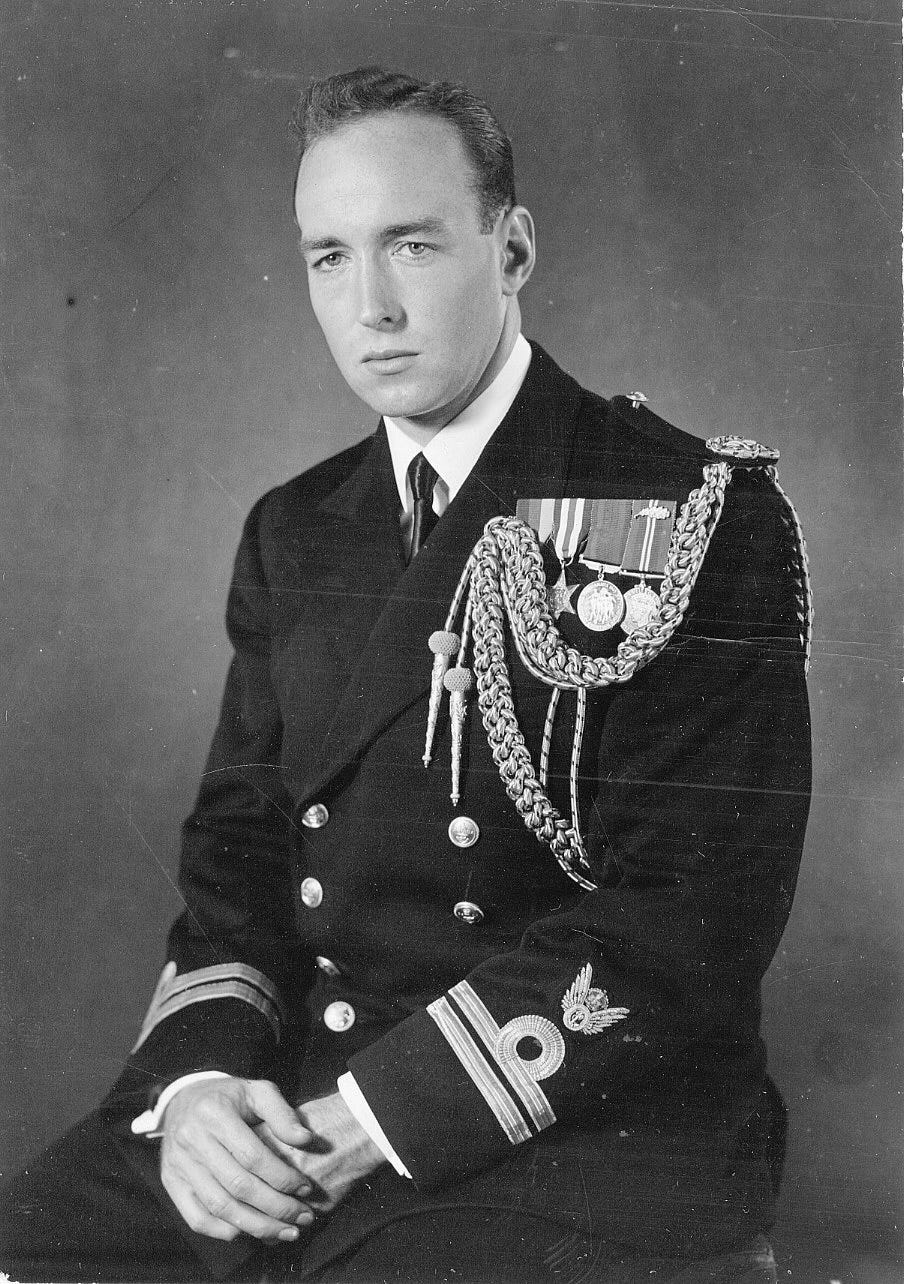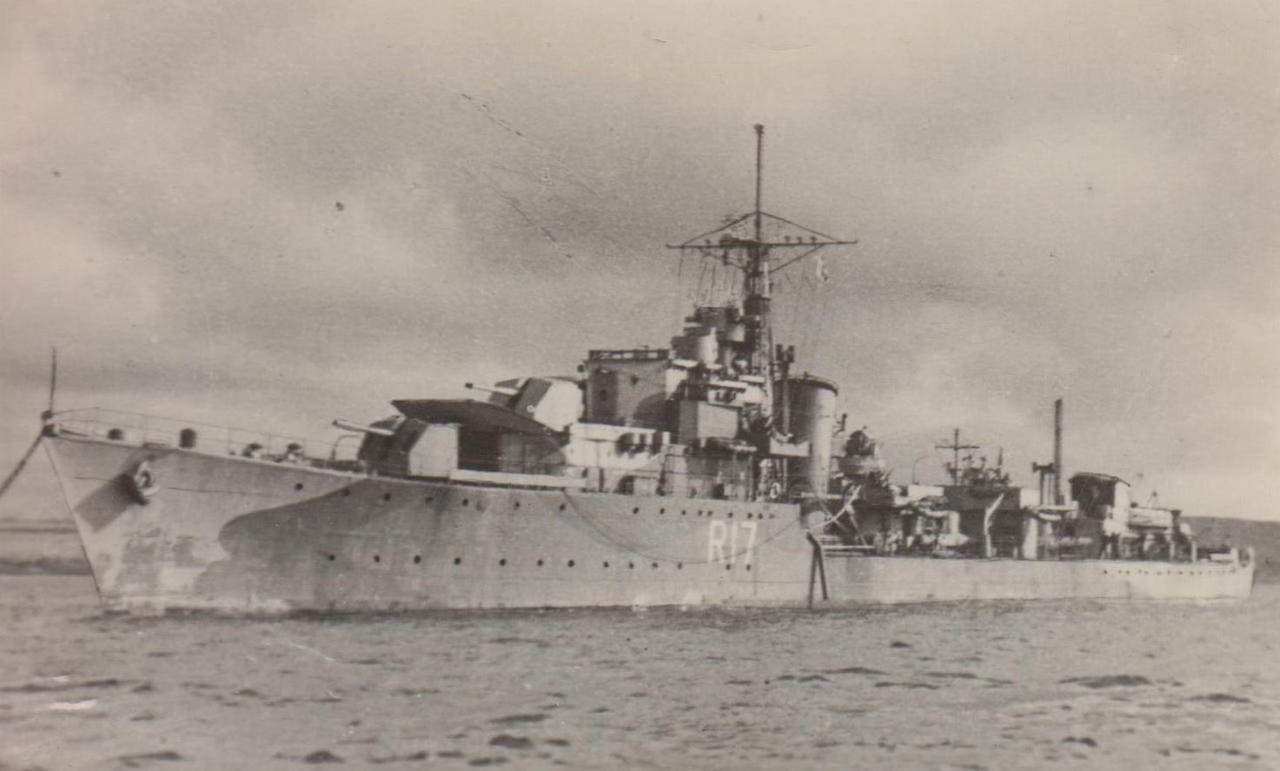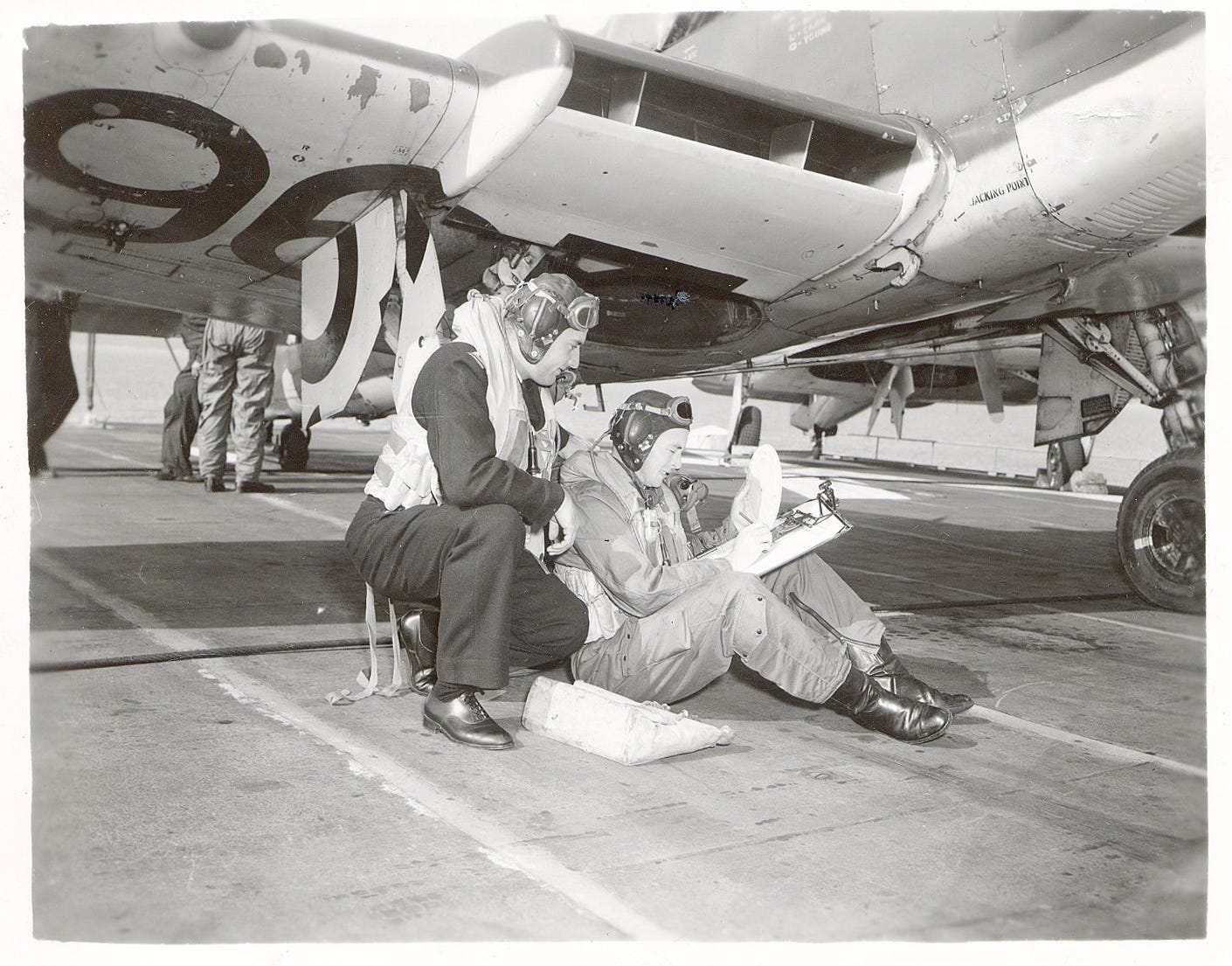Container Prices: World Airports--and the airstrips of tiny Belize. A Naval Hero on the Anniversary of D-Day.
June 3, 2024 Volume 5 # 3
Container Prices Soar: Are China Tariffs to Blame?
Prices to rent a 40 foot container jumped 4% on Friday alone and are up 151% since the same time last year. And that’s just the average. Prices on some routes have actually fallen dramatically. China to Europe and USA up: the other way, down.
American tariffs on Chinese cars, semiconductors and some other goods are as high as 100%, that’s on Chinese electric cars. If the American government wants to move to an electric vehicle fleet, this is a strange way to do it.
The jump in container rates could be companies trying to get goods in under a deadline. But one Canadian businessman I spoke to said his goods are not affected by tariffs but he will pass the the container cost on to customers. The average American will pay more for living costs beccause of tariffs. It might be good politics, China bashing and protecting ineffient American car makers, but it’s crummy economics.
Container rates from China to Europe and the US west coast are up more than 200%. The drop in demand in Rotterdam should worry the European Union.
From Trade Wars to Preparing for the Real Thing
“Meeting Jaw to Jaw is better than war,” said Winston Churchill, according to his biographer, Martin Gilbert. It looks as if the world is off the Jaw to Jaw routine.
Vietnam has a huge military but it would have a hard time fighting its only potential adversary, China. Not true for India, which is stronger than the numbers show.
Come Fly With Me
When Frank Sinatra sang “Just say the words and we’ll beat the birds down to Acapulco Bay” in 1958, flying was only for the rich and adventerous. Now we have RyanAir. There are many places to land and big countries have a lot of airports.
South American countries with rough terrain, such as Bolivia and Colombia, have a lot of ariports, and probably a lot of secret jungle airstrips, the better to ship out cocaine. China has few airports for such a big country; probably not a lot of private aviation. China may compete with Tesla, but not Cessna.
Tiny Belize Has Many Airports
There are 11 official airports in Belize and I have flown to two that are not on this map. I wrote two books on Belize and in 2017 I once took seven flights in one day.
I started in San Pedro, the most popular tourist spot and where I always stay. From there it was a short hop across the water to Belize International, where all the big planes from Canada, the US and Europe land. Then an even shorter flight to Belize Municipal— it took about three minutes. I was on my way to see a banana plantation in southern Belize and we picked up Eugene Zabaneh, the owner of the plantation and also the owner of Maya Island Air. From there we flew to an isolated airstip, which isn’t listed on the map above. Kanantik, out in the middle of nowhere.
Our Cessna Caravan, the 19-seat workhorse of the air in Belize taking off from Kanantik.
Eugene gave me a tour of his banana plantation, with all the fruit wrapped in blue bags to protect them from bugs. It is pretty labour intensive.
Eugene is an immigrant to Belize. One of his parents is Iranian, the other from El Salvador. An gergarious man and a successful entrepreneur. Great company.
His bananas are shipped to Ireland and Britain. From here there was the return flight, hopscotching across Belize. It is pretty unpopulated. There are about 400,000 people in Belize, many of them in Belize City. Give that a pass. El Salvador is a bit smaller than Belize but it has a population of more than 6-million.
You can see the spectacular scenery from the air. The small planes of Maya Island Air and Tropic Air fly low as they take you to the landing fields in the jungle or to the cayes off the coast. From the slow-moving aircraft you see some of the 108 uninhabited islands, just patches of green in the sea, places without even a goat.
We went back to the two Belize City airports, where we picked up a couple from Texas. He sat in the front, she was terrified of the small plane and sat next to me
Then on to the island of Caye Caulker, a place that combines decadence and hippiedom. This a safe place, but one with few rules. Afternoon delight.
The dirt streets of Caye Caulker are a throwback to the Caribbean culture of 50 years ago.
Who’re you Gonna Call?
There is one reason Canada isn’t on this list: super high data rates set by a corrupt telecom oligopoly. The regulator never puts any pressure on the big carriers: Bell, Telus and Rogers and one reason is the executives from the phone companies go to work at the regulator and the regulators go to work at the phone companies.
Curaco is explained on the chart. Small, rich Kuwait has a lot of mobile innovations such as being able to pay traffic fines and other small stuff on mobile phones. Finland is a telecom leader and it’s prices are low. I just came back from Italy where the robbers at Bell Canada charged me for using mobile data even though I only was legitimately online once. It takes too long to fight it. I’ll switch when my plan runs out.
And a little Phone Guilt
Cobalt is a big part of batteries in cellular phones. And most of it comes from the Democratic Republic of the Congo, which is anything but Democratic. It is the scene of a series of vicious civil wars and child labour is used to mine the Cobalt
.
Essay of the Week
When I wrote this obituary in 2006 I went to visit Commander Peter Berry’s son David. He lived in a large house, very large, on a large lot, very large, in the Toronto district of Rosedale. A beautiful young, very young, woman with a babe in arms answered the door. How, I wondered, did this young family land in this big house? After talking to David for a while I said: Oh, you’re Mr. Preferred Share. I was the host of the CBC’s Buiness program and this was a big story. As a trader David made more money than the CEO of the Bank of Nova Scotia. They fired him, he sued and won.
You can Google the story. David was charming, helpful and loved his father.
***
Peter Berry was just a couple of years out of Lisgar Collegiate in Ottawa when the Canadian destroyer he was on sunk a German U-boat in the English Channel. H.M.C.S. Kootenay and its sister ship, H.M.C.S. Ottawa, helped by a British corvette, sank the German submarine U-678 on July 6, 1944, just off the English coast near the seaside resort of Brighton. The chase had taken more than two days and Sub-Lieutenant Berry was awake for almost all of it. He was the operations officer working in a room just below the bridge. Chasing down a submarine wasn't as easy as it looked in the movies. It took hours, even days, and required sonar and radar and all the other leading-edge technology of the time. "He worked at a table with a mechanized control underneath with lights that calculated the course of the ship. He worked to plot the course of the submarine we were chasing," said Ray Creery, later a captain in the navy who also served on the Kootenay with Mr. Berry during the war. "I don't think he could have had more than a couple of hours sleep, here and there."
The Kootenay was one of the top submarine hunters in the Royal Canadian Navy and sub-lieutenant Berry was on board for all three of her kills. The next two U-boat sinkings were in the Bay of Biscay, on August 18 and August 20. Mr. Berry was mentioned in dispatches. When Peter Berry joined the Royal Canadian Navy he was assigned to the Kootenay in the North Atlantic. The warships ran from Saint John's, Newfoundland., to Londonderry in Northern Ireland. By chance, he and Mr. Creery served on the same ship. They had been in Grade 7 together at Rockcliffe Park Public School in Ottawa. The winter of 1943-44 was particularly bitter, and Mr. Creery remembers gales so strong that the under-powered merchant ships they were escorting would make no headway. "We had to go and round them up and bring them back into the convoy. Maybe the toughest part was refuelling the warships at sea from tankers." In the spring of 1944, the Kootenay and other ships were taken off convoy duty and assigned to Escort Group 11, one of the specialist submarine hunting groups in preparation for the invasion of Normandy. There were 126 Canadian vessels involved in D-Day, June 6, 1944. The Kootenay was patrolling the western approaches to the English Channel, acting as a blocker against German U-boats. "Escort Group 11, of which Kootenay was a part, was the most successful inshore submarine hunting group in the Normandy campaign," says Marc Milner, professor of history at the University of New Brunswick and author of The U-Boat Hunters, The Royal Canadian Navy and the Offensive against Germany's Submarines. After the war, Mr. Berry stayed in the navy and eventually became captain of H.M.C.S. Algonquin, a destroyer.
The Algonquin was a V-class destroyer that Canada bought from the Royal Navy. It remained in service until 1970. One of his first post-war assignments was on land as flag lieutenant to Admiral Rollo Mainguy. Part of the time that involved living in the admiral's house in Halifax. His son, Dan Mainguy, who also went on to become an admiral, recalls the slightly older Lieutenant Berry and his prodigious appetite. "He would empty the fridge, eating plates of chicken and huge amounts of ice cream, but he never gained weight," he said. "He was kind of unique in that he became a pilot after being an observer. He served in that wonderful era when we had aircraft carriers." Mr. Berry served on many ships in his post-war career, including H.M.C.S. Magnificent and H.M.C.S. Bonaventure, both aircraft carriers.
Peter Worthington, the Toronto Sun columnist, also served as a naval flier and remembers him as a dashing figure who managed to remain a bachelor until he was 33. Peter Berry was born in Shanghai where his father worked for Sun Life Insurance. The family returned to Canada when Peter was about 2. He went to private school, Ashbury College, for a year or so, but his father thought he was too involved in sports and so sent him to Lisgar Collegiate. Mr. Berry went to Queen's University to study engineering but quit to join the navy. After leaving the navy in 1964 with the rank of commander, he retired to his farm at Milton, just outside Toronto. It was more than a hobby farm and there the family tended a large flock of chickens as well a herd of beef cattle. His children remember he liked to execute navy-style, kitchen haircuts -- much to their embarrassment when they showed up at school. Mr. Berry tried a number of different business ventures, including a project to build a small submarine that could navigate under the Arctic ice. He also translated his love of British sports cars into a car dealership in Mississauga, Ontario One half of it sold British Leyland products, the other half Volkswagens. When British Leyland went under, both dealerships closed. Mr. Berry had many narrow scrapes throughout life, both in the navy and in civilian life. In September of 1948, he was an observer aboard a Fairey Firefly, when it ran off the deck while landing on H.M.C.S. Magnificent. He and the pilot were picked from the water. The incident was recorded by someone on deck with a camera. Many years later, he was helping out on a neighbour's farm when he severed his arm with a post-hole auger. The arm was later successfully reattached. As he was being wheeled into the operating room, Mr. Berry quipped to his wife, "Well, we always wanted a Lord Nelson in the family," a reference to the one-armed British Admiral who won the battle of Trafalgar in 1805. Peter Cushing Berry was born in Shanghai on October 24, 1923. He died in Milton, Ontario, on February 13, 2006 after complications from a fall. He leaves his wife, Anne, a daughter and three sons.

